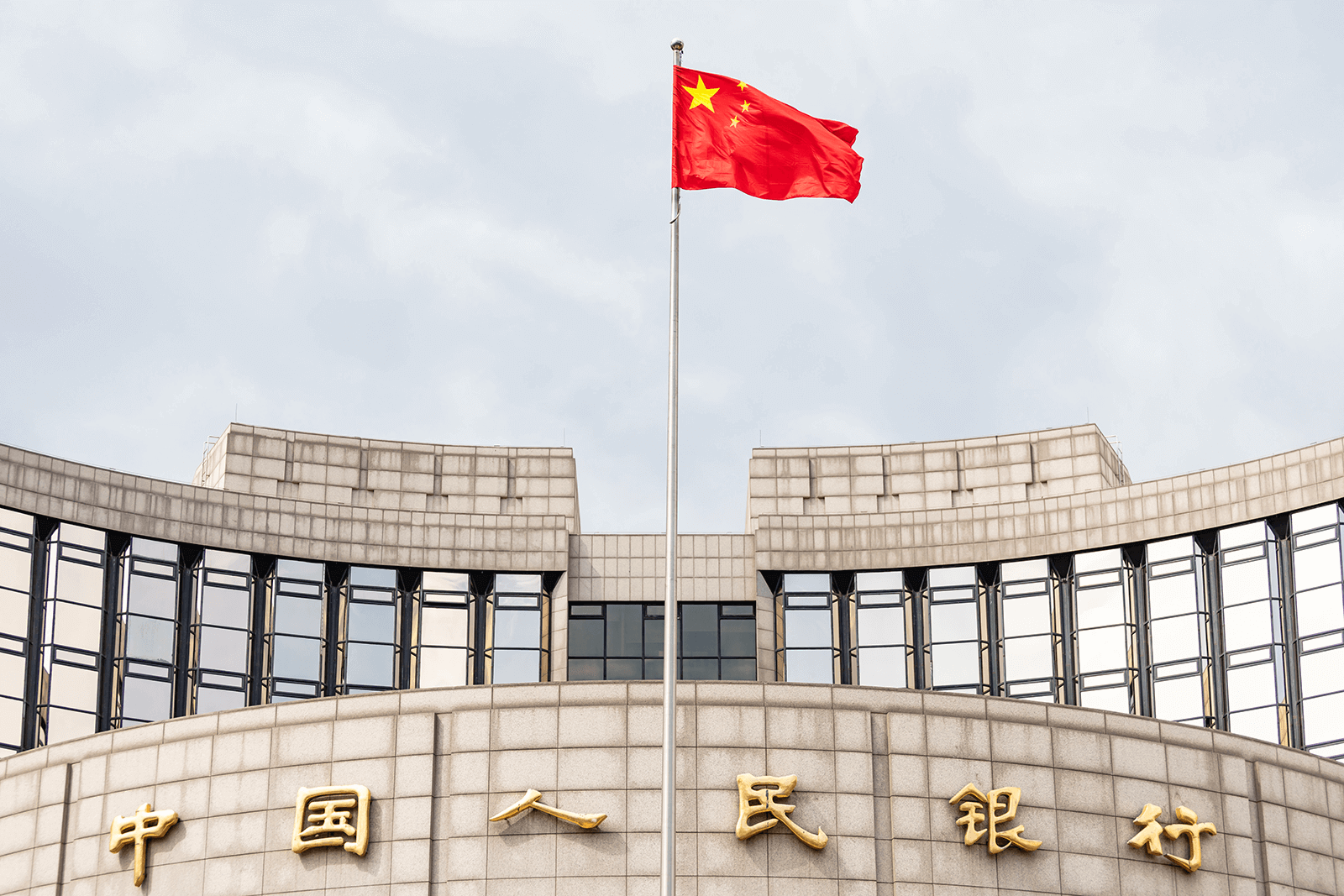Geopolitics unfortunately took centre stage again in October, with a brutal conflict erupting in the Middle East. The overall economic picture, meanwhile, continues to deteriorate as the effects of 18 months of monetary tightening begin to take their toll. Yet, despite the world becoming ever more dangerous, equity indices are more or less holding firm. Third quarter corporate earnings misses were heavily sanctioned at a company-specific level, but equity investors seem not to be demanding an additional risk premium for intensified geopolitical tensions. Further increasing bond exposure in portfolios and allowing their average maturity to lengthen seems appropriate in the current situation – with inclusion of some gold and oil as a “fallback” possibly also useful should the geopolitical situation really get out of hand.
We do not know how the conflict between Israel and Hamas will evolve and/or spread to other countries in the region. But we do want to pinpoint what we see as the two biggest dangers going forward. First, and most obviously, would be a sharp upmove in the oil price should Iran get involved in the conflict and decide to block the Strait of Hormuz. Some 30% of global crude oil transported by sea passes through this narrow channel. Its closure would thus have a major impact on oil supply/demand dynamics and cause a violent upward price reaction. In fact, considering how unstable the situation in the Middle East has become since the Hamas attacks of 7 October, the oil price reaction so far can be considered surprisingly moderate.
The other major risk, in our view, would be that, with the US not only supporting Ukraine militarily but now also fully concentrated on the situation in the Middle East, China seizes the opportunity to take over governance in Taiwan. Particularly given the likelihood of Donald Trump regaining presidency in the November 2024 election, which would then turn the US focus back towards China. According to figures published a few months ago by The Economist, Taiwan’s share of global semiconductor production currently exceeds 60% – even 90% for the most advanced chips. No need to draw a picture of how big the disruption in semiconductor supply chains to Western end markets would be if China were to take over in Taiwan…
Moving on to the economic backdrop, a serious GDP slowdown is currently materialising pretty much everywhere but the US. And even there, the first cracks in the wall of consumer resilience are quietly appearing. The tipping point could well be a rise in unemployment, with the tight labour market having clearly played an important role in supporting US consumption so far.
The fact that US house prices have not corrected in the wake of the interest rate hikes is also sometimes viewed as a positive signal for the economy. Closer analysis reveals, however, that this price stability is somewhat artificial. Indeed, the number of transactions has dropped markedly: people are no longer moving house (bad for the labour market) because they cannot afford the mortgage rate upward reset that a move would entail. A price correction is therefore imminent.
As for inflation indices, they have now everywhere dropped down to levels that seem much more acceptable from a central bank perspective, even though they do stand to pick up somewhat going into 2024 because of base effects (as we described in our September Investment Letter).
A slowing economy, with inflation that appears to be largely under control, means that we may not be far from a peak in interest rates – assuming of course that the geopolitical situation does not get out of hand. In turn, this argues for greater bond exposure (with longer maturities) in portfolios.
Would a possible fall in yields next year not also set the stage for a new equity rally? Possibly so, but we doubt it. Investors, in our view, seem not yet to have priced in a generalised decline in corporate earnings. 2024 analyst expectations unfortunately seem far too optimistic.
A defensive stance thus remains our call for the time being. Investing a little more in – now reasonably to good yielding – top-quality (i.e. investment grade) bonds, and perhaps including some gold and oil as “insurance” against an extreme geopolitical scenario, seems not a bad idea to us.









